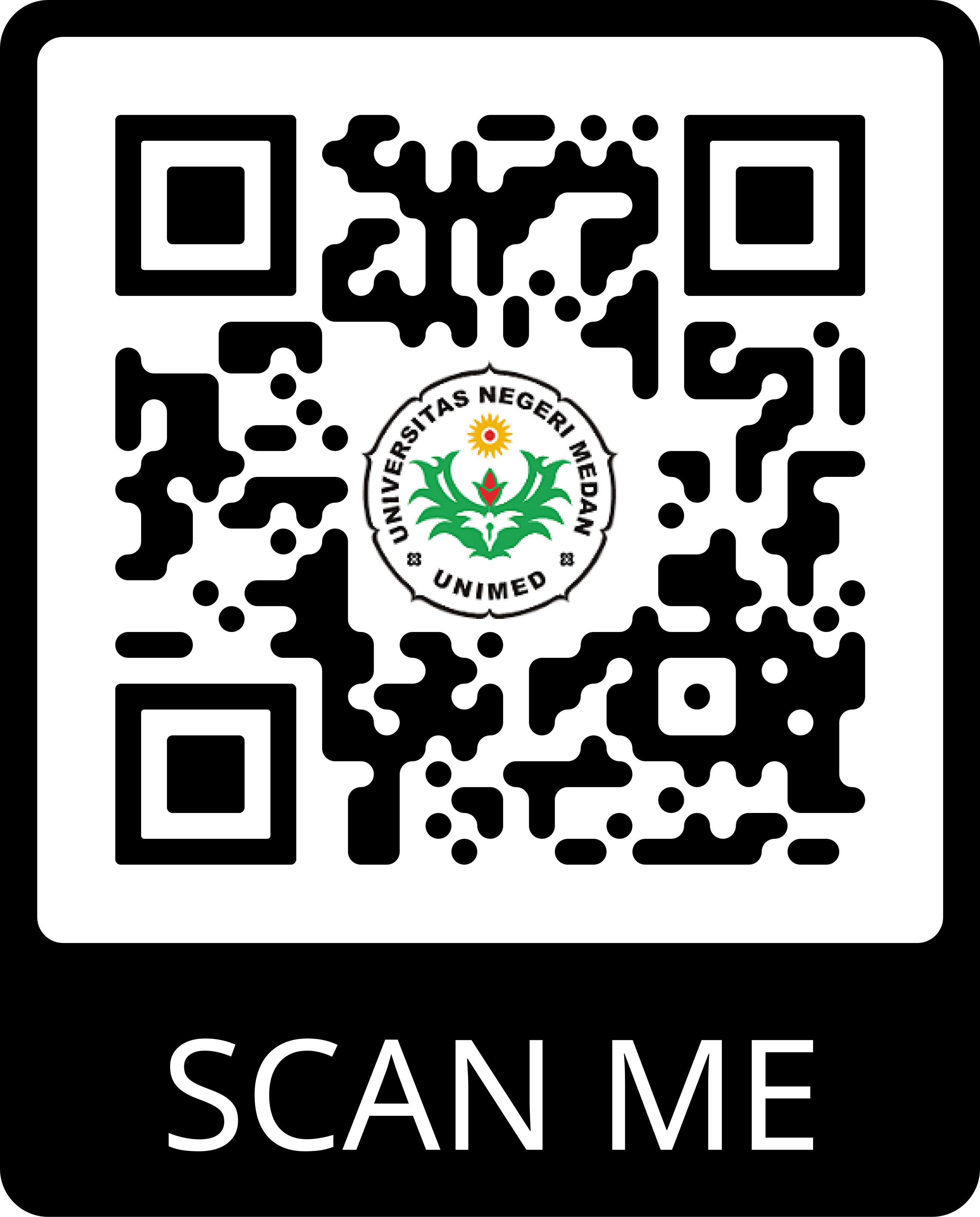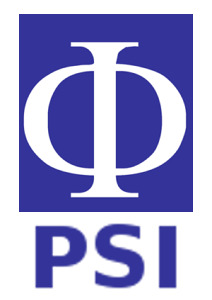TWO-TIER ITEM TEST IS TO EXAMINE THE CONCEPTUAL OF MECHANIC MOTION FOR CLUES ABOUT CRITICAL THINKING SKILLS
Abstract
Keywords
Full Text:
PDFReferences
Abdi, A. (2012). A Study on the Relationship of Thinking Styles of Students and Their Critical Thinking Skills. Procedia - Social and Behavioral Sciences. https://doi.org/10.1016/j.sbspro.2012.06.889
Bao, L., Xiao, Y., Koenig, K., & Han, J. (2018). Validity evaluation of the Lawson classroom test of scientific reasoning. Physical Review Physics Education Research. https://doi.org/10.1103/PhysRevPhysEducRes.14.020106
Batlolona, J. R., Baskar, C., Kurnaz, M. A., & Leasa, M. (2018). The improvement of problem-solving skills and physics concept mastery on temperature and heat topic. Jurnal Pendidikan IPA Indonesia. https://doi.org/10.15294/jpii.v7i3.12432
Duron, R., Limbach, B., & Waugh, W. (2006). Critical thinking framework for any discipline. International Journal of Teaching and Learning in Higher Education.
Ennis, R. H. (2011). The nature of critical thinking: An outline of critical thinking dispositions and abilities. Presentation at the Sixth International Conference on Thinking at MIT, Cambridge, MA, July, 1994. Faculty.Education.Illinois.Edu.
Gedik, H. (2013). Social Studies Teacher Candidates’ Critical Thinking Skills. Procedia - Social and Behavioral Sciences. https://doi.org/10.1016/j.sbspro.2013.09.322
Grohs, J. R., Kirk, G. R., Soledad, M. M., & Knight, D. B. (2018). Assessing systems thinking: A tool to measure complex reasoning through ill-structured problems. Thinking Skills and Creativity. https://doi.org/10.1016/j.tsc.2018.03.003
Kilic, D., Sezen, N., & Sari, M. (2012). A Study of Pre-Service Science Teacher’s Graphing Skills. Procedia - Social and Behavioral Sciences. https://doi.org/10.1016/j.sbspro.2012.05.593
Kirmizi, F. S., Saygi, C., & Yurdakal, I. H. (2015). Determine the Relationship Between the Disposition of Critical Thinking and the Perception About Problem Solving Skills. Procedia - Social and Behavioral Sciences. https://doi.org/10.1016/j.sbspro.2015.04.719
Partnership for 21st Century Skills. (2011). P21 Common Core toolkit: A guide to aligning the Common Core State Standards with the Framework for 21st Century Skills. Framework.
Piawa, C. Y. (2010). Building a test to assess creative and critical thinking simultaneously. Procedia - Social and Behavioral Sciences. https://doi.org/10.1016/j.sbspro.2010.03.062
Rakbamrung, P., Thepnuan, P., & Nujenjit, N. (2015). Use of a System Thinking Learning Force and Motion Concept in Physics for Nurse Course. Procedia - Social and Behavioral Sciences. https://doi.org/10.1016/j.sbspro.2015.07.068
Sezen, N., Uzun, M. S., & Bulbul, A. (2012). An Investigation of Preservice Physics Teacher’s Use of Graphical Representations. Procedia - Social and Behavioral Sciences. https://doi.org/10.1016/j.sbspro.2012.05.605
Stobaugh, R. (2013). Assessing critical thinking in middle and high schools: Meeting the common core. In Assessing Critical Thinking in Middle and High Schools: Meeting the Common Core. https://doi.org/10.4324/9781315853451
Usmeldi, Amini, R., & Trisna, S. (2017). The development of research-based learning model with science, environment, technology, and society approaches to improve critical thinking of students. Jurnal Pendidikan IPA Indonesia. https://doi.org/10.15294/jpii.v6i2.10680
DOI: https://doi.org/10.22611/jpf.v9i1.18488
Article Metrics
Abstract view : 291 timesPDF - 189 times
Refbacks
- There are currently no refbacks.
Copyright (c) 2020 Dr. Wawan Bunawan M.Si., M.Pd

This work is licensed under a Creative Commons Attribution 4.0 International License.
___________________________________________________________________________________________________________________________________________
Jurnal Pendidikan Fisika
p-ISSN : 2252-732X | e-ISSN : 2301-7651
Organized by The Magister of Physics Education Departement in State University of Medan in collaboration with Physical Society of Indonesia (PSI)
W: https://jurnal.unimed.ac.id/2012/index.php/jpf/index
E : jpfunimed@unimed.ac.id
rajo.hasim@gmail.com (principal contact)

_____________________________________________________________________________________________________________________________________________

This work is licensed under a Creative Commons Attribution 4.0 International License.





